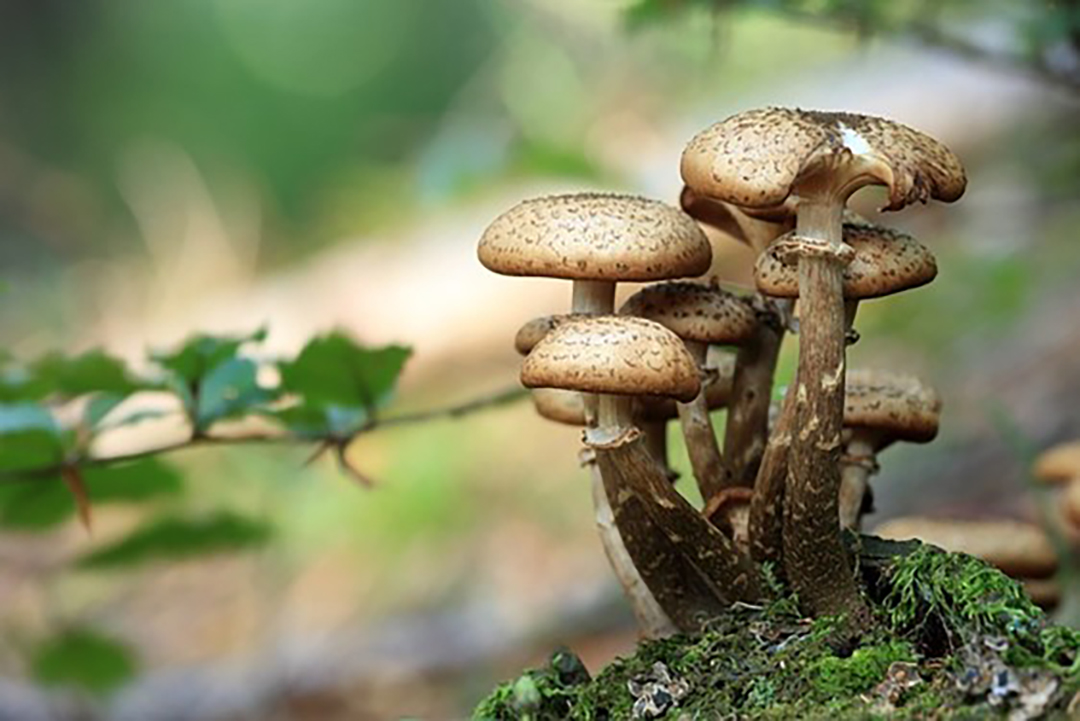
Mushroom Basics
Gather Necessary Supplies
Before you begin, gather the following supplies:
- Mushroom spawn or spore syringe: This is the mushroom “seed” you’ll use to start the cultivation process. You can purchase it from specialty suppliers.
- Substrate: The material on which your mushrooms will grow. It varies depending on the mushroom species but can include straw, logs, or compost.
- Growing container or logs: Depending on your chosen mushroom variety, you’ll need containers, bags, or logs for cultivation.
- Sterilization equipment: To ensure a clean growing environment, you’ll need pressure cookers or pasteurization systems.
- Growing environment: Mushrooms require specific temperature, humidity, and light conditions. Ensure you can provide these or set up a controlled environment.
You can also consider acquiring a grow kit that includes many of these supplies, making it a convenient option for beginners. The best mushroom grow kits often come with detailed instructions and pre-measured ingredients, simplifying the cultivation process. The convenience of a well-designed mushroom grow kit can significantly ease the learning curve for novice cultivators, allowing them to get started with confidence and success.
Choose Your Mushroom Variety
A primary step in growing mushrooms is selecting the type you want to cultivate. Different mushroom species have distinct growth requirements and flavor profiles. Standard options for home cultivation include:
- Button mushrooms (Agaricus bisporus): A classic choice with a mild flavor, suitable for beginners.
- Shiitake mushrooms (Lentinula edodes): Known for their rich, umami taste and health benefits.
- Oyster mushrooms (Pleurotus spp.): Available in various colors, they have a delicate, nutty flavor.
- Porcini mushrooms (Boletus edulis): Highly sought after for their intense, earthy flavor.
- Chanterelle mushrooms (Cantharellus spp.): They are considered a gourmet delight with a fruity aroma and peppery taste.
Choose a mushroom variety that suits your taste and the growing conditions you can provide.
Understand the Mushroom Life Cycle
Mushrooms start as spores, tiny reproductive units released by mature mushrooms. Spores germinate into mycelium, a network of fine threads that grow through the substrate (the material on which mushrooms grow). Under the right conditions, mycelium forms mushroom primordia, which develop into mature mushrooms. Understanding this life cycle is essential for successful cultivation.
Cultivation Methods
Indoor vs. Outdoor Cultivation: Mushrooms can be grown indoors and outdoors, depending on the variety and preference. Indoor cultivation offers greater control over environmental factors but may require more equipment. Outdoor cultivation can be more natural but is subject to weather conditions.
Choose the Right Substrate: The substrate serves as the growing medium for your mushrooms. Typical substrates include straw, wood logs, coffee grounds, or compost. Different mushrooms thrive on various substrates, so choose one that matches your selected mushroom species.
Inoculation: Inoculation is introducing mushroom spawn or spores into the substrate. You can do this by:
- Spawn Run: Mixing mushroom spawn into the substrate and allowing the mycelium to colonize it.
- Spore Syringe: Injecting spores into the substrate.
- Plug Spawn: Inserting mycelium plugs into holes drilled in logs or stumps.
Incubation: After inoculation, place the substrate in a warm, dark location to allow the mycelium to colonize it fully. This is known as the incubation period, which can take several weeks.
Fruiting Conditions: Once the substrate is fully colonized, you need to create the right conditions for fruiting, including:
- Temperature: Mushrooms have specific temperature requirements during fruiting. Research your chosen variety’s ideal temperature range.
- Humidity: Maintain high humidity levels to encourage mushroom growth. You can achieve this with a humidifier or a misting system.
- Light: Most mushrooms don’t require direct sunlight, but they do need some light exposure. Indirect or filtered natural light or low-intensity artificial light is usually sufficient.
Harvesting:
- Harvest mushrooms when they reach the desired size before releasing spores.
- Use a clean knife or scissors to cut them at the base.
- Handle mushrooms gently to avoid damaging the mycelium.
Common Challenges and Solutions
Contamination
Contamination by molds, bacteria, or other fungi can ruin your mushroom crop. To prevent contamination:
- Sterilize equipment and work in a clean environment.
- Keep different mushroom varieties or stages of growth separate to prevent cross-contamination.
- Ensure your substrate is prepared correctly and free from contaminants.
Inadequate Humidity
Insufficient humidity can lead to stunted mushroom growth. To maintain proper humidity levels:
- Install a humidifier in your growing area.
- Mist the growing area with water to raise humidity levels.
- Cover the growing area with a transparent plastic sheet to trap moisture.
Incorrect Temperature
Mushrooms have specific temperature requirements for growth. To address temperature issues, invest in heating or cooling equipment to maintain the right temperature. Opt for mushroom species that thrive in your local climate.
Slow Growth
Slow or stalled growth can occur for various reasons, including poor substrate quality or contamination. Troubleshoot slow growth by ensuring your substrate is suitable and of high quality. Prevent contamination that can slow growth and ensure all environmental factors (temperature, humidity, light) are optimal.
Advanced Tips and Tricks
Growing mushrooms at home can be a rewarding and sustainable hobby. With the proper knowledge and techniques, you can enjoy a variety of delicious mushrooms in your cooking while exploring the fascinating world of mycology. Remember that patience and attention to detail are essential to successful mushroom cultivation. So, roll up your sleeves, select your favorite mushroom variety, and embark on a journey of homegrown culinary delights. Happy mushroom growing!
Comments
comments